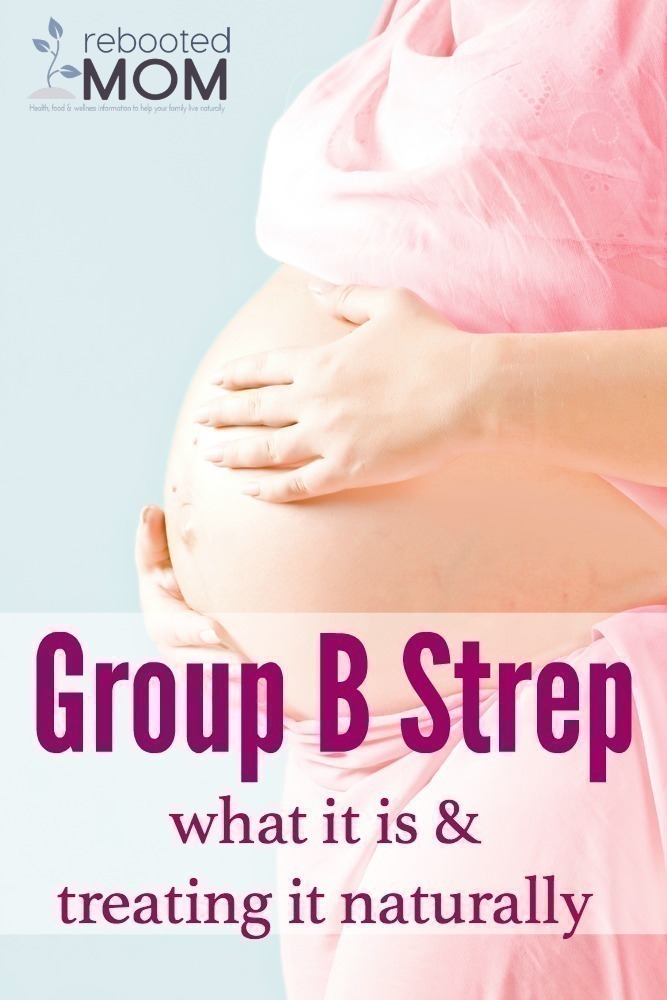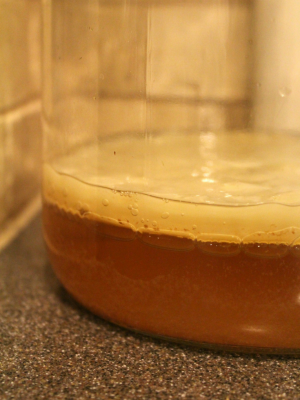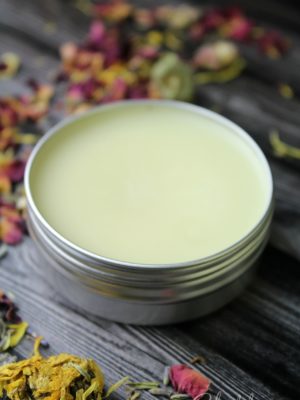
Chances are.. if you have been pregnant, or are currently pregnant, you will have or have experienced the Group B Strep test.
Your results may have been positive.
OR, they may have been negative.
Maybe… you just took the test and never gave much thought as to why you were taking the test, or did any research to see if you could do anything to prevent the test.
My first two pregnancies were positive – and I did very little research at the time to even know what I was testing for. With each child, I was a little more involved, did my research, and by the next, I was in a place where I questioned everything that I was instructed to do in the process of being pregnant.
I didn’t become more involved because of lack of trust in my OB (who was the same doctor in every instance) – but because I wanted to know exactly what I was doing, and why I was doing certain things – after all, it was my pregnancy, and as much as I was my OB’s “patient”, she worked for me essentially – or at least that’s the mentality that I took.
I have had 5 kids – three where I tested negative for Group B Strep, and 2 where I tested positive. I have learned quite a bit along the way, and today am going to share my personal process for my results.
But keep in mind – I don’t go much farther than discussing my personal experiences. I am not a doctor, and your decision on what you ultimately do is up to you.
Group B Strep ~ What is It?
Group B Streptococcus is a bacteria that is found in the lower genital and digestive tract.
It’s completely NORMAL to have this bacteria – in fact, you might not even realize you have this bacteria in your digestive or genital tract. There is, however, a risk of Group B Strep in newborns – which is why you are tested during the latter part of your pregnancy.
- Early Onset Group B Strep can occur within the first 24 hours of life.
- Late Onset Group B Strep can happen between seven days and 3 months of age.
The Group B Strep test is usually done between 35 and 37 weeks of pregnancy. There is a serious & life threatening chance of complication for baby in GBS positive moms – but likewise, also with antibiotic use, too.
The Risk of Using Antibiotics
The antibiotic for treating Group B Strep is penicillin. The CDC estimates that 0.5% of babies born to GBS + mothers with NO treatment will develop an infection – but 6% of those who develop an infection will die – that 6% equates to 3 in 10,000 babies. (Source)
The use of penicillin during labor, however, can also outweigh the risks – although it can be helpful, it can also be just as harmful to the baby. Penicillin kills Group B Strep as well as ALL other bacteria – not only does the mother crease antibiotic resistant bacteria in herself, she also creates that same bacteria in her newborn.
That exposure to antibiotics has a profound effect on the healthy bacteria that newborns need to establish in their intestinal tract. Although they certainly have their place, antibiotics kill both good and bad bacteria – the good bacteria that your body needs to function.
Alternatives to Antibiotics
There is no doubt that Group B Strep is serious – and by no means should it be ignored. But as stated above, antibiotics also carry risks too – thankfully, knowing your GBS test is ahead between the 35th – 37th week will help you … if you can work on your diet far enough in advance, you can make a huge impact on whether or not you are likely to test positive or not.
GBS occurs in the digestive tract – therefore it’s important to start there with proper diet and nutrition to help get rid of the chance of coming up positive when you get tested between 35 & 37 weeks.
These tips can help:
Drinking raw apple cider vinegar daily: Since it’s an acquired taste, I would suggest a capful in a cup of ice, cold water – sweeten with honey or, a little lemon, or even Stevia. Apple Cider Vinegar helps the body maintain proper pH – when you have proper pH you are less likely to encounter infection.
Eating a probiotic rich diet: Kombucha, Kefir – either Dairy or Water and fermented foods, that will help establish good gut flora. If you are drinking Kefir, you can purchase at the grocery store or make your own – I would lean more towards making your own though, because often times the grocery store Kefir can often times have lots of thickeners and sugar that you don’t necessarily need. Making your own is relatively easy to do. If you are not eating a probiotic rich diet, then taking a probiotic supplement. You can take orally or, vaginally.
Raw garlic cloves: You can eat 2-3 orally each day (but not too much as garlic can be a blood thinner!) You can also use raw garlic vaginally.
Consuming coconut oil: 2 Tablespoons daily.
Consuming foods that are rich in vitamin C: Rosehip Tea is a great source of vitamin C, even more than oranges, You can buy Rosehip Tea HERE – and steep in water for 10-15 minutes a few times each day.
Eating Yogurt, daily: Yogurt is a probiotic powerhouse – if you can make your own, even better. You can see how to make your own HERE.
What Worked for Me
With my third, fourth, and fifth pregnancies I tested negative — I was always cautiously watching my nutrition with the last 3 pregnancies. I really do think that that careful observation and attention helped ~
- Consumed 1 C. of Kefir Daily (Dairy kefir .. made with Raw Milk). I made this fresh daily and both my husband and I drank a cup each morning. (Try to avoid the Kefir as sold in store). Raw Milk is by far superior to processed so it only made sense to make our own kefir from raw, organic milk.
- Took 2 Tablespoons of Coconut Oil each day.
- Drank 3 cups of water with 1 Tbsp Apple Cider Vinegar daily, sweetened with a little Stevia or raw honey.
- Consumed 2-3 cloves of raw garlic each day – I usually chased down with 1 C. of water and Apple Cider Vinegar (it won’t taste good, but it was necessary!)
- Drank 3 C. of Rosehip Tea daily (we recommend this). Rosehip is high in Vitamin C – you can steep it for 10-15 minutes, and then sweeten it with a little raw honey.
- Ate yogurt once per day – we make our own yogurt with the Instant Pot (and we use Raw Milk from a local farm)
Ultimately during your pregnancy you should want to be eating as nutritionally sound as possible – but if you haven’t been doing any of these you will want to start a few weeks before your GBS test (3-4 would be ideal). That way you give your body a chance to adjust.
It’s ultimately your decision to decide what is right for you and your baby. While the recommendations of the CDC are there, it’s important to look at BOTH the risks and benefits of using antibiotics. If you test positive, it’s important to realize there is just as much risk in foregoing the antibiotics as there is in getting the penicillin.







Congratulations on baby #5!